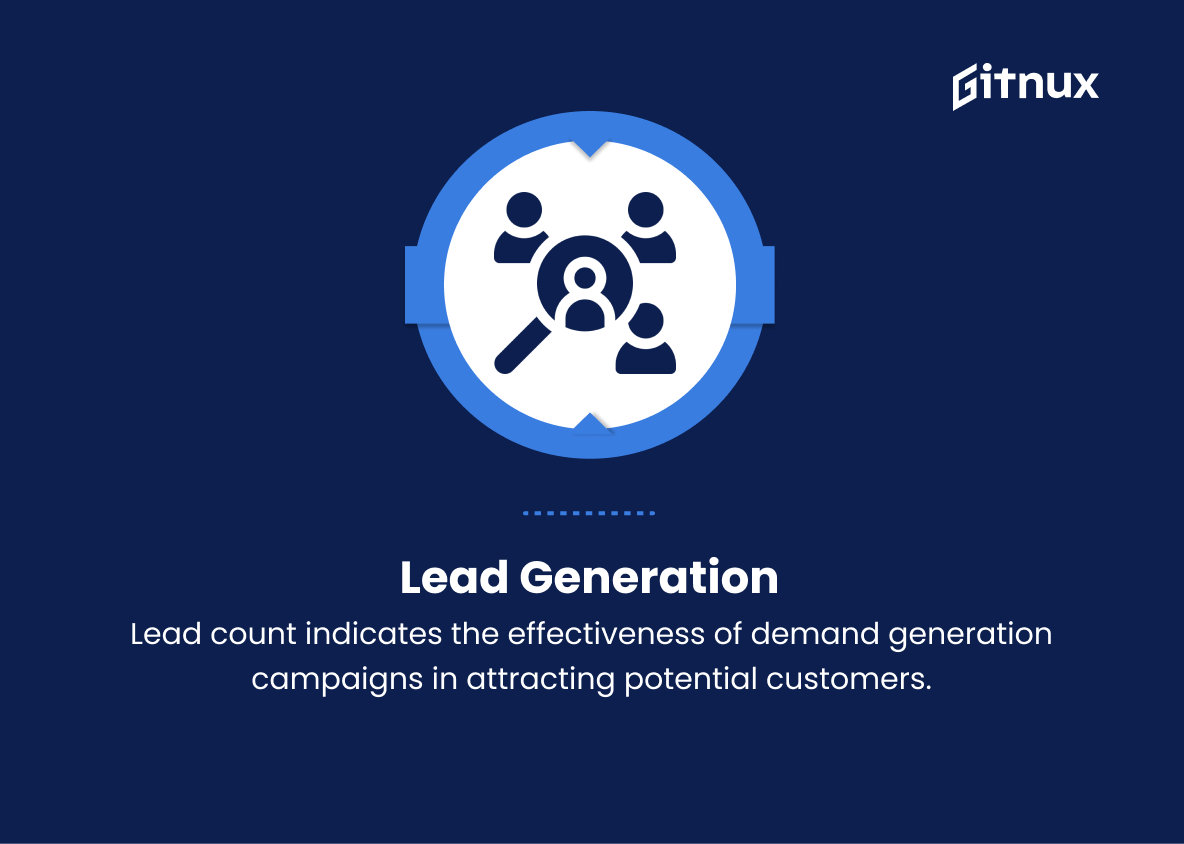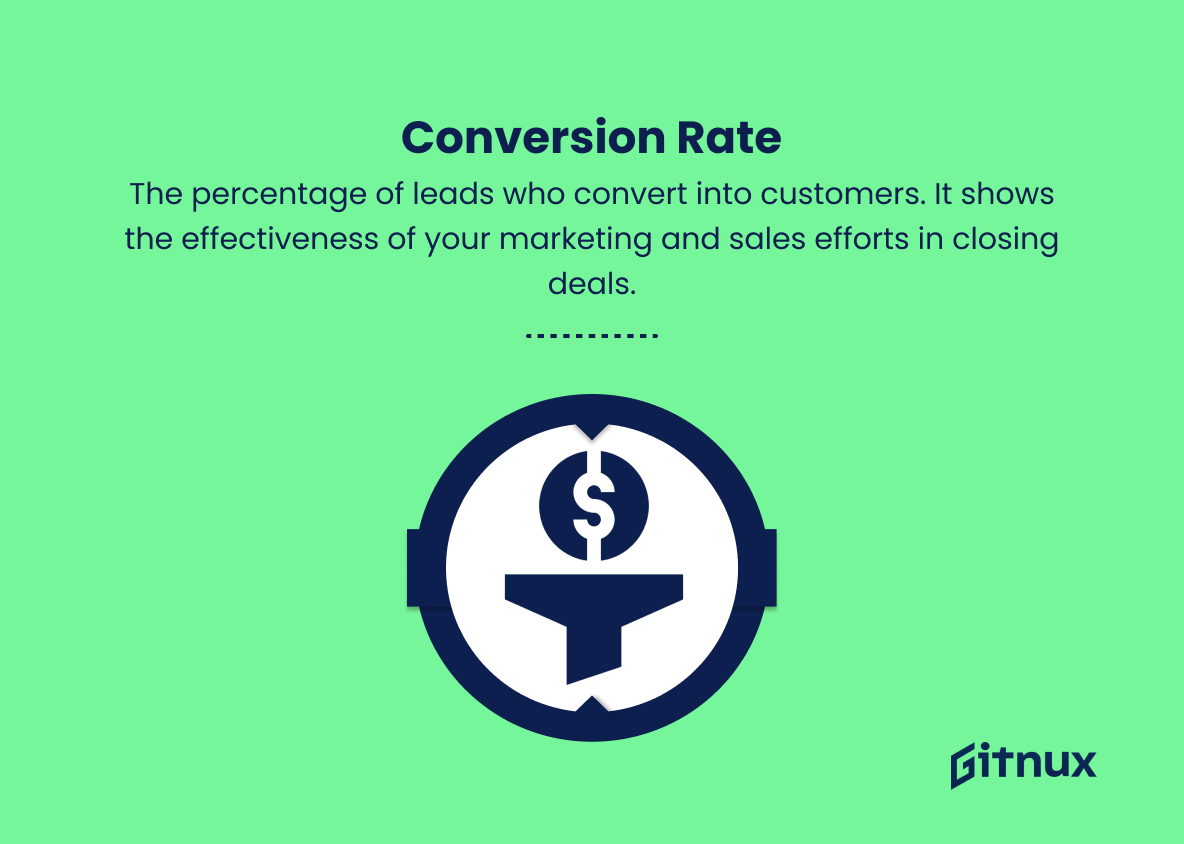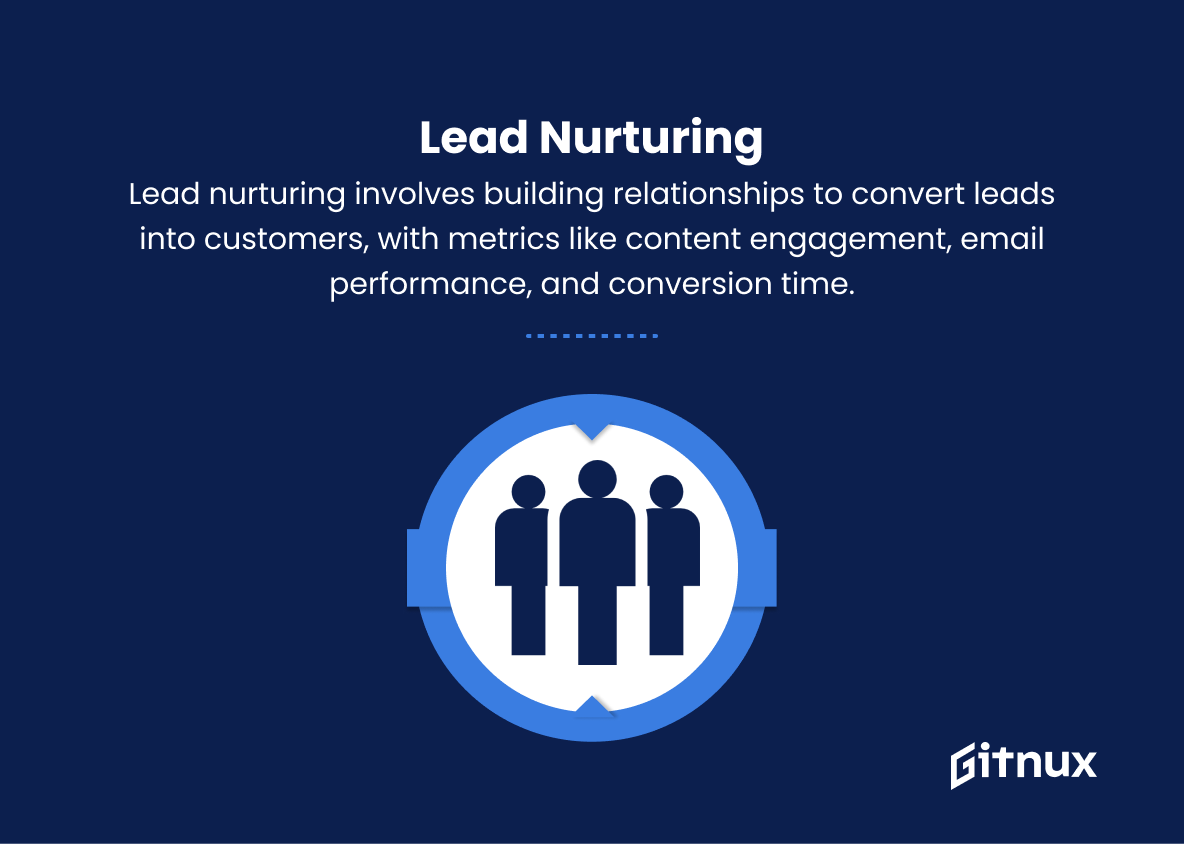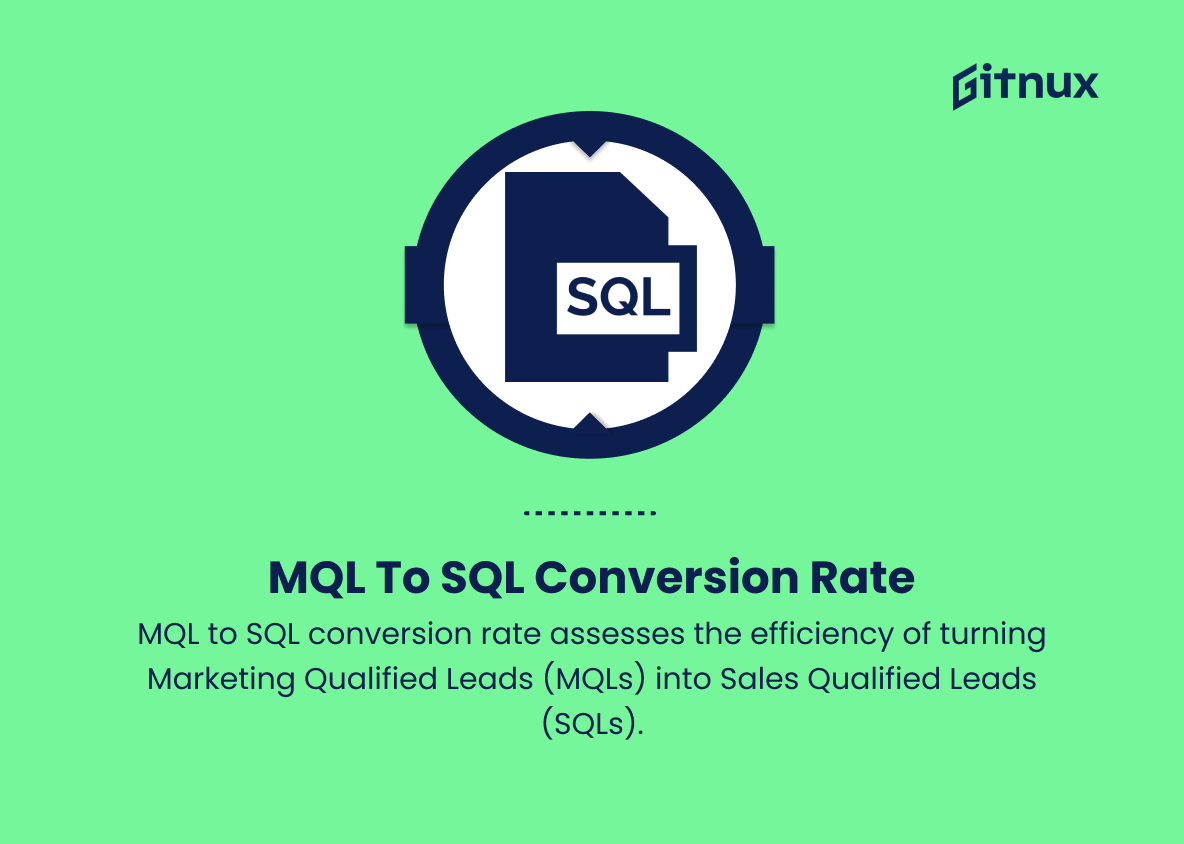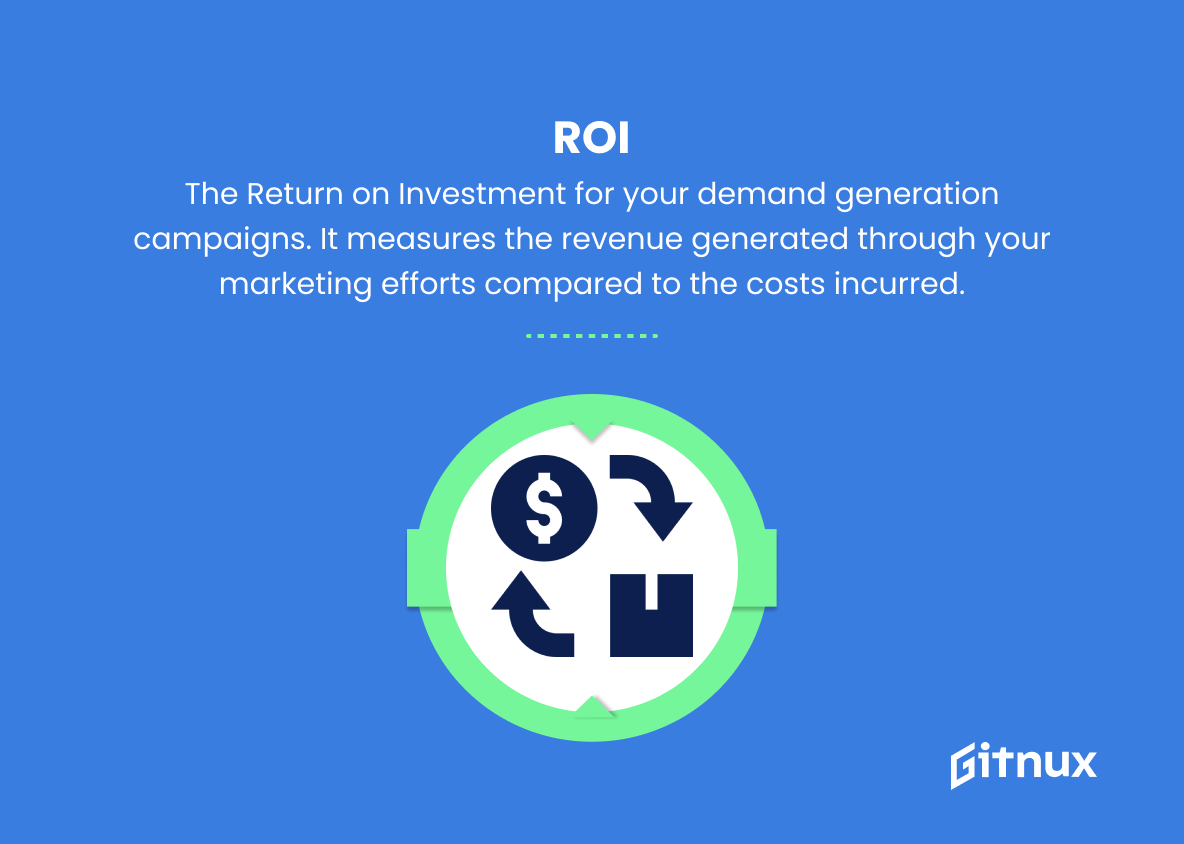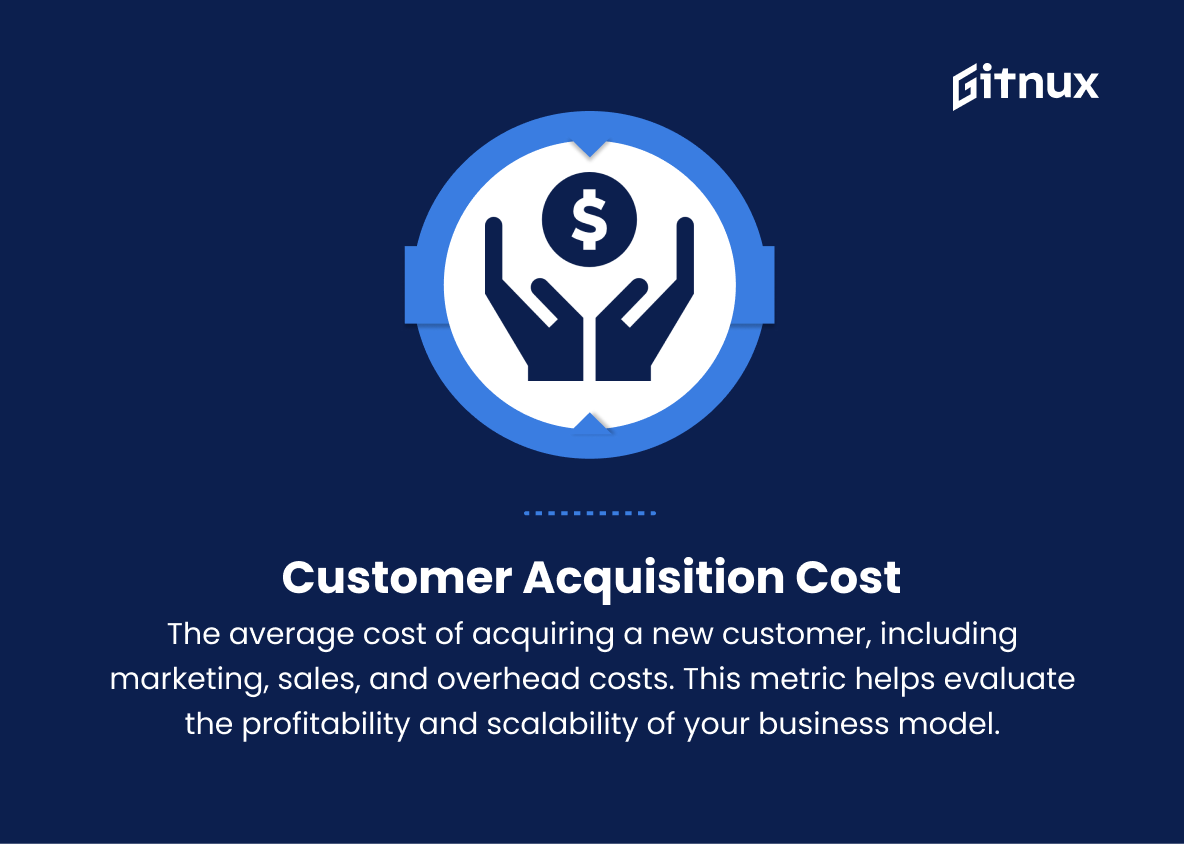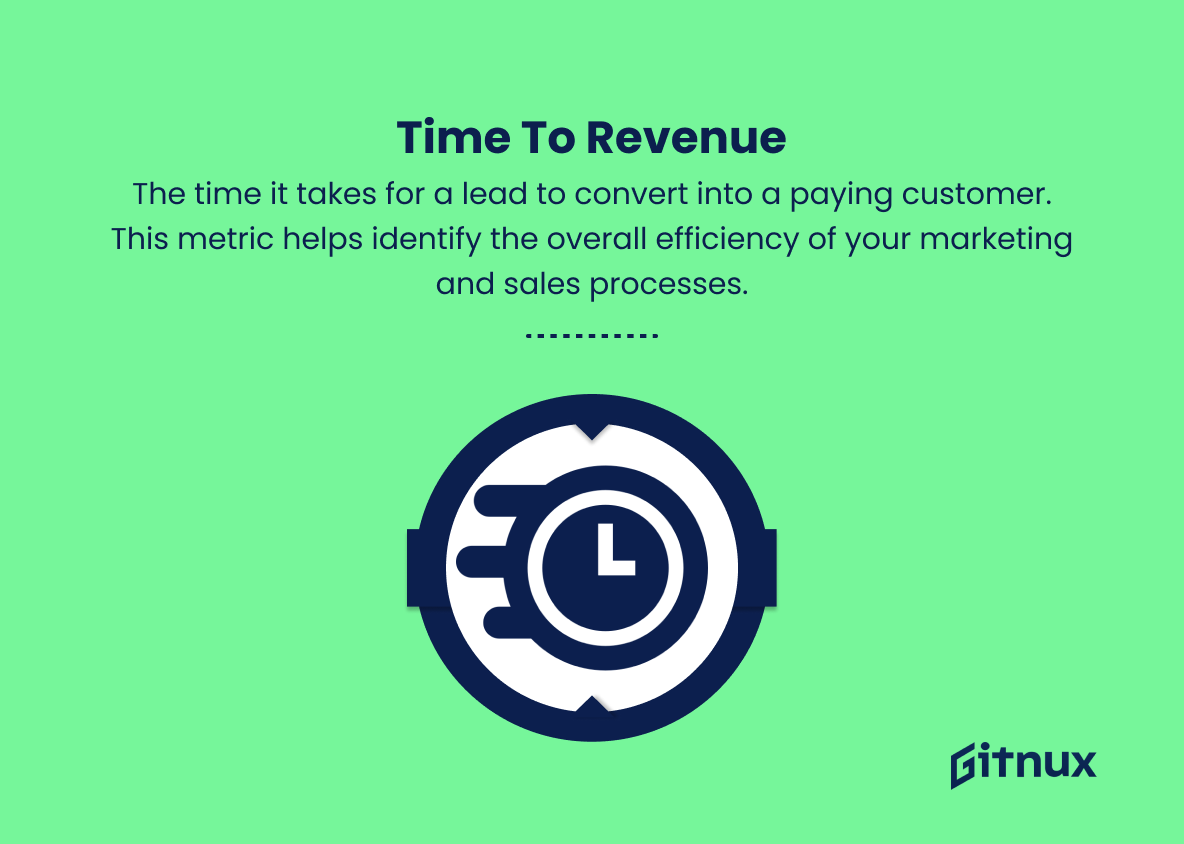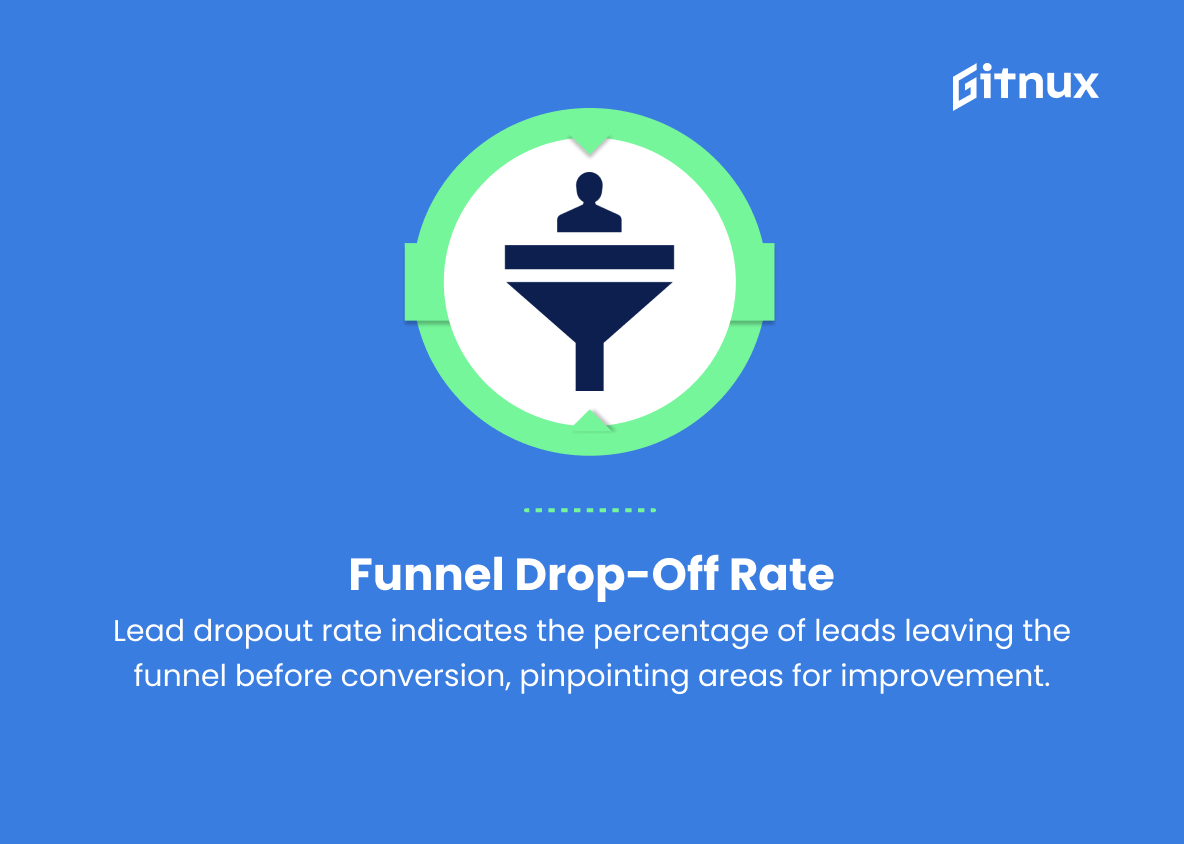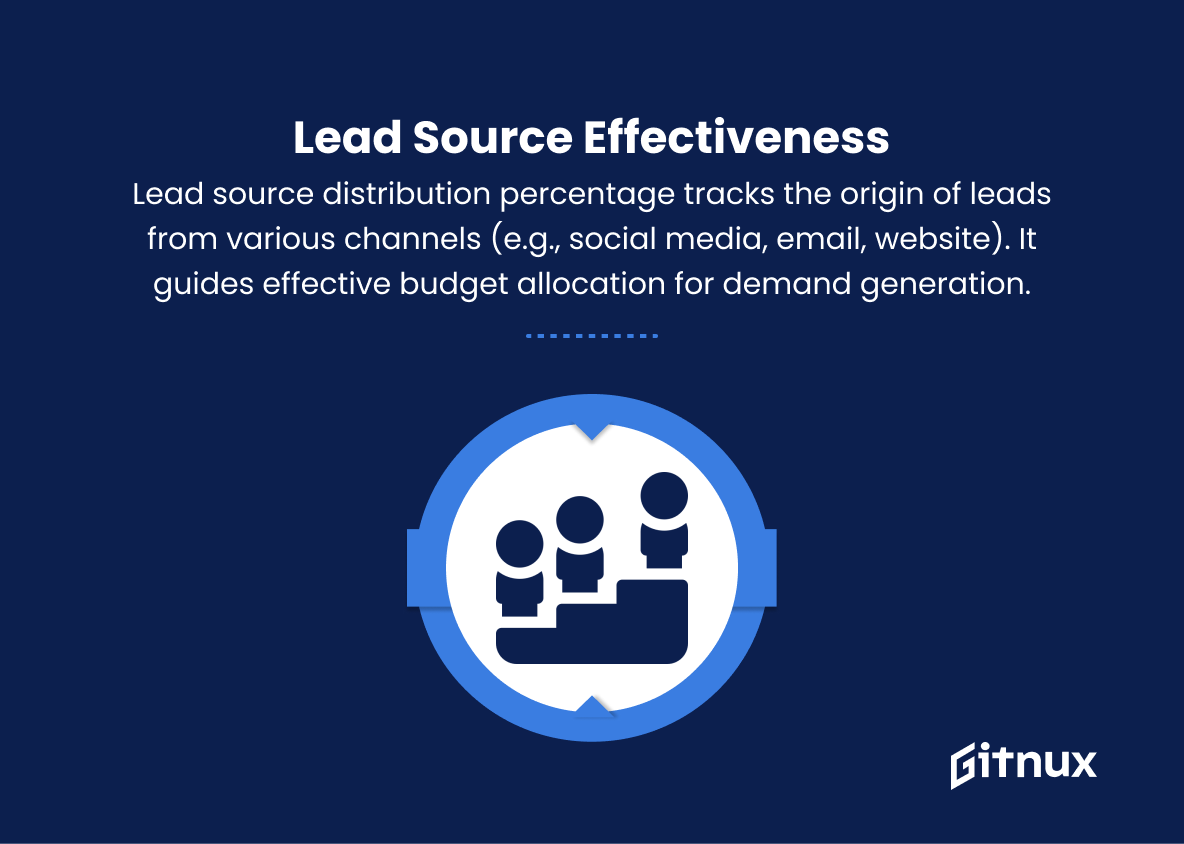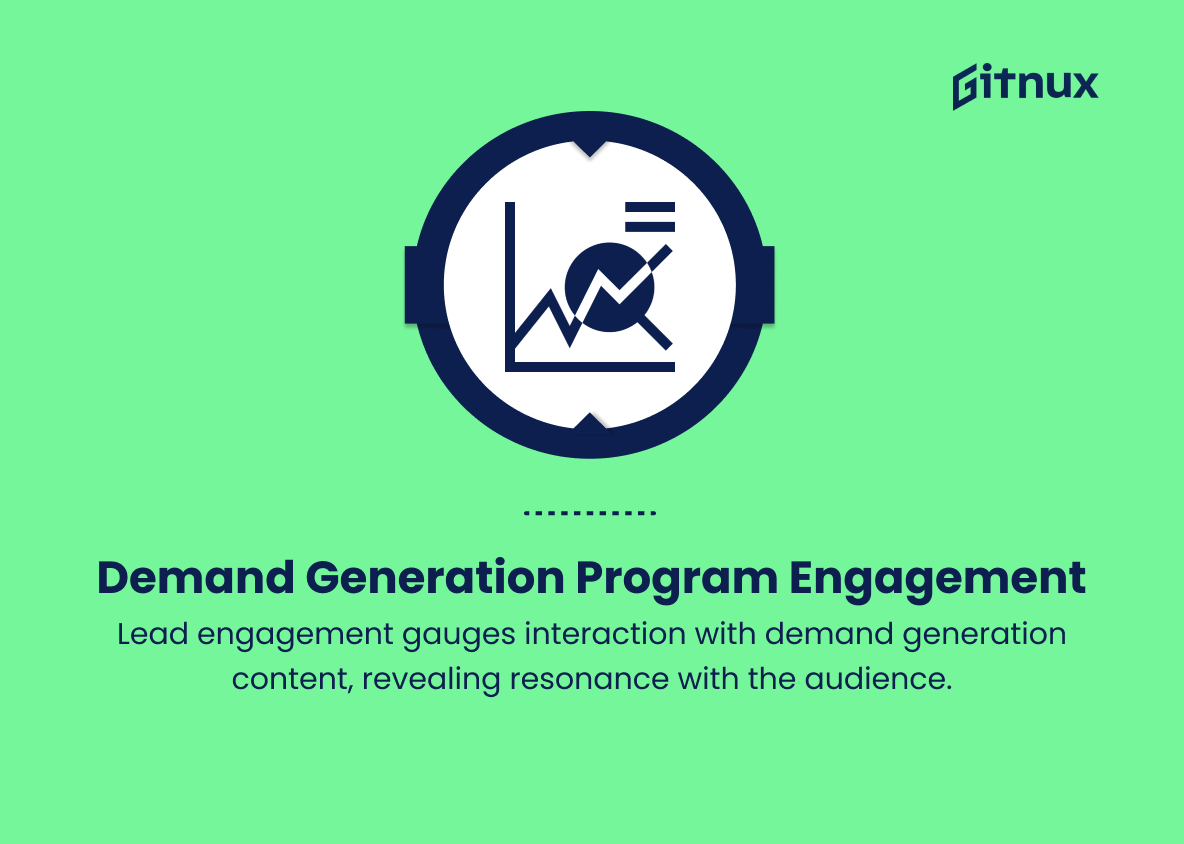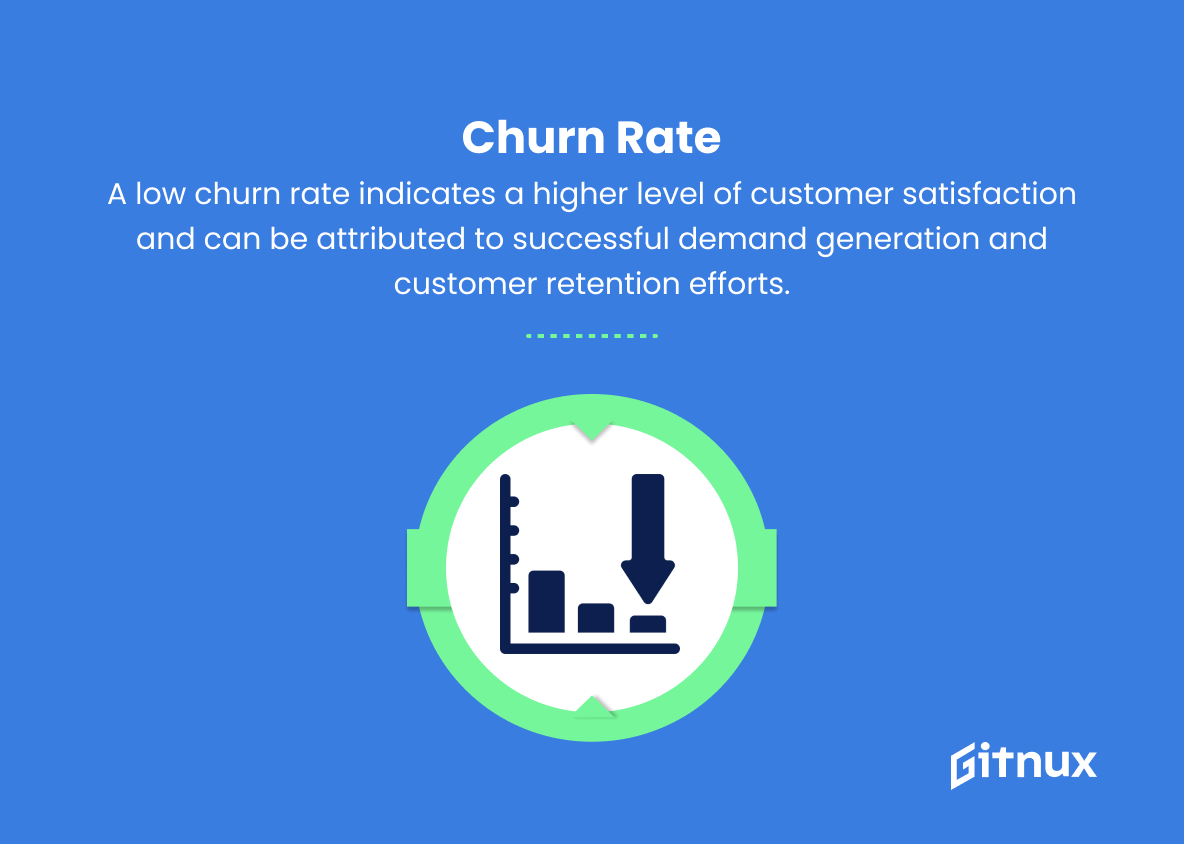In today’s ever-evolving digital landscape, businesses are continuously striving to expand their reach, engage with potential customers, and ultimately, convert them into loyal patrons. For marketers and decision-makers, understanding the complexities and nuances of demand generation is not merely a choice, but a necessity to thrive in today’s competitive marketplace.
This blog post delves into the critical demand generation metrics that effectively measure the success of your marketing strategies and ensure that your efforts yield the desired results. As you read on, you’ll gain valuable insights into how these metrics can serve as a guiding force to optimize your campaigns, enhance your marketing ROI, and drive sustainable business growth.
Demand Generation Metrics You Should Know
1. Lead generation
The number of potential customers who have shown interest in your product or service by providing their contact information. This metric indicates the effectiveness of your demand generation campaigns in attracting new prospects.
2. Conversion rate
The percentage of leads who convert into customers. It shows the effectiveness of your marketing and sales efforts in closing deals.
3. Cost per lead (CPL)
The average cost of acquiring a new lead through your marketing efforts. It helps you determine the efficiency of your demand generation campaigns and the return on investment (ROI) in acquiring new prospects.
4. Lead nurturing
The process of developing relationships with leads to convert them into customers. Metrics include engagement rates with your content, open and click-through rates of emails, and the average time taken for a lead to convert into a customer.
5. MQL to SQL conversion rate
The rate at which Marketing Qualified Leads (MQLs) become Sales Qualified Leads (SQLs). This metric provides insight into the effectiveness of your lead qualification process and sales team’s ability to capitalize on your demand generation efforts.
6. ROI
The Return on Investment for your demand generation campaigns. It measures the revenue generated through your marketing efforts compared to the costs incurred.
7. Customer Acquisition Cost (CAC)
The average cost of acquiring a new customer, including marketing, sales, and overhead costs. This metric helps evaluate the profitability and scalability of your business model.
8. Time to Revenue
The time it takes for a lead to convert into a paying customer. This metric helps identify the overall efficiency of your marketing and sales processes.
9. Funnel drop-off rate
The percentage of leads that exit your marketing and sales funnel before converting into customers. This metric highlights areas where prospects are losing interest and helps identify opportunities for improvement.
10. Lead source effectiveness
The percentage of leads generated from different marketing channels (e.g., social media, email, website, etc.). This metric helps determine which channels are most effective for demand generation and how to allocate your budget.
11. Demand generation program engagement
The level of interaction between leads and your demand generation materials, such as eBooks, webinars, and case studies. High engagement rates indicate that the content is resonating with your target audience.
12. Churn rate
The percentage of customers who cancel their subscription or discontinue using your product or service within a specific period. A low churn rate indicates a higher level of customer satisfaction and can be attributed to successful demand generation and customer retention efforts.
Demand Generation Metrics Explained
Demand generation metrics are essential as they provide valuable insights into the success and effectiveness of your marketing strategies. Lead generation is a key indicator of the ability of your campaigns to attract new prospects, while conversion rates reveal how effectively you are closing deals. Analyzing cost per lead (CPL) helps determine campaign efficiency and return on investment (ROI), with lead nurturing metrics shedding light on the process of converting leads into customers. The MQL to SQL conversion rate offers insights into your qualification process and sales team’s effectiveness, and ROI assesses overall campaign performance. Evaluating customer acquisition cost (CAC) allows for a better understanding of profitability and scalability, while time to revenue highlights the efficiency of marketing and sales processes.
Funnel drop-off rates offer opportunities for improvement by identifying areas of lost engagement, and lead source effectiveness aids in budget allocation by highlighting the most successful marketing channels. Demand generation program engagement underscores the value of your marketing materials, fostering a strong connection with your target audience. Lastly, monitoring churn rate reveals customer satisfaction levels, showcasing the success of your demand generation and customer retention efforts.
Conclusion
In closing, demand generation metrics are crucial in optimizing marketing strategies and driving business growth. By accurately measuring and analyzing the various components of your demand generation process, you can make data-driven decisions that pave the way for improved performance and increased revenue. Remember, a successful demand generation strategy goes beyond merely capturing leads; it’s about nurturing them through the sales funnel to eventually become loyal customers.
By focusing on key metrics such as lead volume, conversion rates, pipeline velocity, and ROI, you will be better equipped to fine-tune your approach and achieve your business goals. However, don’t forget that continuously re-evaluating and updating your measurement techniques is a fundamental aspect of keeping your demand generation efforts relevant and effective. Stay committed to monitoring these metrics, and you will surely witness the power of data-driven marketing at work.
